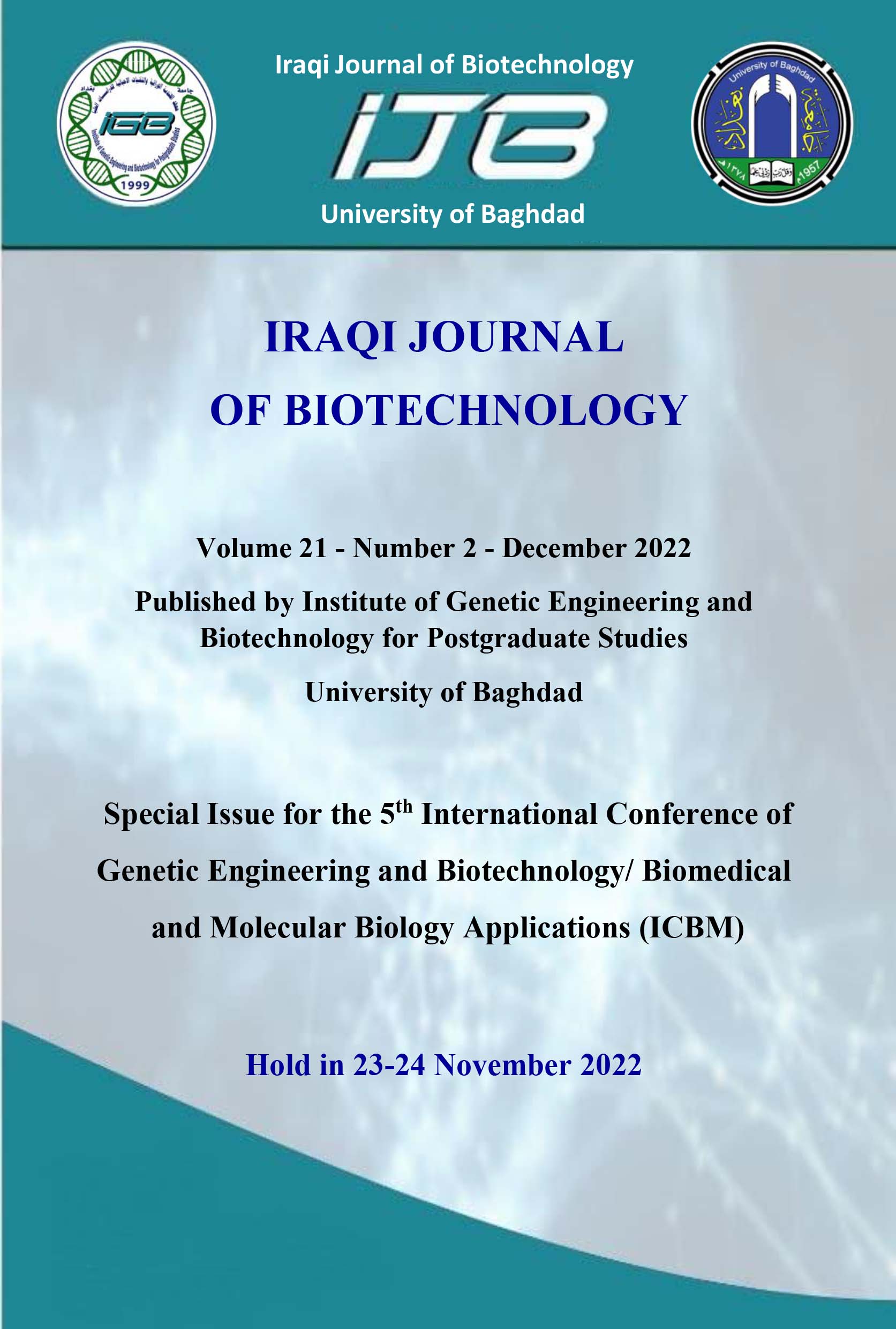Isolation and Identification of Anthracene Degrading Bacteria Isolated from Polluted Soil in Iraq
Abstract
Anthracene is a one of polycyclic aromatic hydrocarbon, it's considered slow decomposition pollutants in nature, and therefore they are treated in several ways and removed from the environment. The most important of these methods is biological treatment by microorganisms that are already present in the areas of presence of these pollutants. Soil samples were collected from oil-contaminated areas of Al-Dora and Sheikh Omar refinery area with a depth of (5-10) cm and a series of dilutions from (10-1) to (10-8) were made for them, then 0.1 ml was cultured on solid culture medium (nutrient agar). Twenty bacterial colonies were isolated and then cultured inside wells in Bushnell Haas Media agar that contain Anthracene as the sole source of carbon and energy. They were incubated at a temperature of 37°C for 7 days, then the growth zone was observed on two dishes. The two isolates grown on liquid Bushnell Haas Media were incubated in the shaker incubator at a temperature of 37°C and 150 rpm for 7 days. Then it was examined by HPLC High-performance liquid chromatography to know the percentage of bacteria degradation of anthracene. After this, the most efficient bacterial isolates were diagnosed with the VITEK 2 device. Serratia ficaria and Bacillus spp. showed the high degradation rates for anthracene. Serratia ficaria degraded anthracene by 86.6%, and Bacillus spp. degradation was 70.64%.


